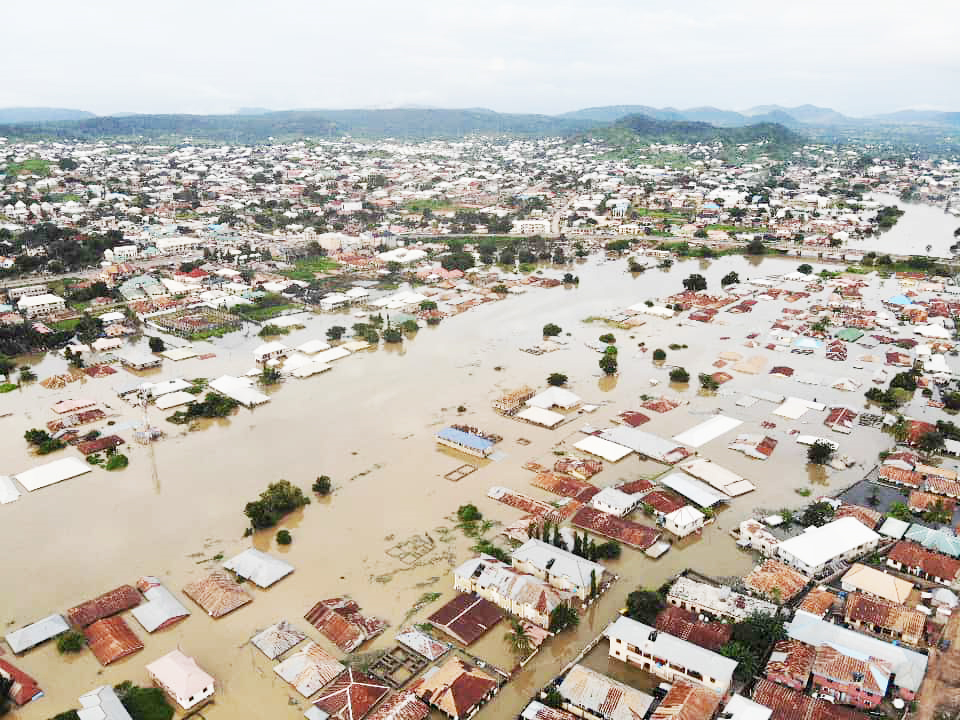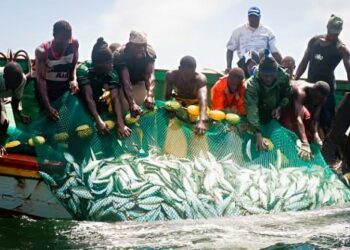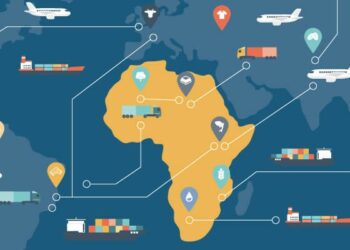Flood has become a global environmental problem that is faced globally as it is a phenomenon that has caused severe loss of lives and properties in different settlements both in developed and developing countries.
In Nigeria, flooding is experienced annually in both urban and rural areas. 2012 was the major eye opener for Nigeria.
Between the months of July and October that year, 30 out of Nigeria’s 36 states were submerged by flood.
By mid-October, 2.1 million persons had been displaced from their homes, over 400 persons died; many homes were destroyed.
The National Emergency Management Agency (NEMA) calculated the cost of the losses at about N2.6 trillion and described the floods as the worst in 40 years.
In recent times, over $600 billion has been lost to flooding and storms in Nigeria and the rest of the world in the last three years, investigation has shown.
The 2021 Weather, Climate and Catastrophe Insight from British-American multinational professional services firm, Aon, said flooding- caused losses were put at $105 billion with events in Europe and China taking up $75 billion of the figure.
The Insight Report evaluates the increasing frequency and severity of disruptive natural disasters and how their resulting economic losses are protected globally.
According to the report, there was a total of $343 billion in economic losses last year, $329 billion of which resulted from weather and climate-related events, making last year the third costliest on record after adjusting for inflation.
According to Climate Scorecard Nigeria, Nigeria had paralysed economic activity in several states and Lagos.
The Climate Scorecard Nigeria Country Manager Peter Hansen noted that in 2020, flooding directly affected more than 2 million people. In 2019, he noted that flooding paralysed economic activity at an estimated cost of over $4 billion.
However, in 2022, Nigeria is currently been faced by another flood menace as Kogi, Anambra, Benue, Bayelsa among others are currently been submerged by flood.
Though the economic lost cannot be ascertained for now, the Nigeria Meteorological Agency (NiMet) has said states in the North Central and South East in Nigeria should brace up for more flooding.
The director-general of NiMet, Professor Mansur Bako Matazu, stated this at the side line of a workshop on Hydro-meteorological Status And Outlook System (HydroSOS) in Abuja.
The director-general, while speaking on the current flood impact across the country, said though flooding as a result of rainfall may have reached its peak, flooding as a result of opening of dams and other water holding facilities would still affect states in North Central and South East.
He said, “You remember, we issued the forecast in February and we followed up with the monthly updates that we’re going to have above normal rainfall in most part of the country. So in terms of the rainfall induced floods, we have seen the peak but remember we told you that this rainwater gets collected into the reservoirs and dams, and whenever they are filled, it gets filled.
“So presently 13th of September, the Lagdo dam was released. Other dams were also released. So what we are witnessing now is riverine flooding. And from the information we are getting, we are going to see more flood. And now the rains is concentrating on the North Central and the Southern states. So that will be a combination of short duration, high intensity rain, with riverine flooding. We are going to see more of these floods in the north central states as we have seen in Kogi and also south eastern and southwestern states as we are beginning to see in Anambra and some of parts of Southwest.”
While speaking on the importance of the HydroSOS workshop hosted by the Nigerian Meteorological Agency in collaboration with the Nigerian Hydrological Services Agency (NIHSA) with the total support of the United Kingdom Centre 7 for Ecology and Hydrology (UKCEH) and World Meteorological Organisation (WMO), the director-general said, “It is no longer news to anyone here that water-related hazards and threats has become a global challenge in the face of a changing climate coupled with population growth and increasing socio-economic activities.
“Every year water-related hazard affects millions of people globally and cause damages to properties worth billions of Dollars. It is expected that water-associated risks are going to intensify in the coming years as the full weight of climate change begin to bear on our earth.
“In Africa, water-related hazards such as flood, drought have become a major cause of food insecurity, strains on livelihoods, health risks and conflicts in many parts of the continent.
“Water-related challenges facing governments at all levels include securing water supplies, designing appropriate water governance schematic, sustaining the management of transboundary basins, managing flood and/or drought as well as ensuring the protection and conservation of our ecosystem. It has been observed that one of the major factors to effectively manage water resources and address some of the above challenges is the availability of hydrometeorological information and products targeted to serve the needs of the different sectors.”
Also the minister of aviation, Hadi Sirika, while speaking on the importance of the HydroSOS workshop in addressing the flood challenges, said, “This workshop is timely as it intends to address and proffer solutions to global challenges associated with Hydro-meteorological hazards (risks) especially as it relates to Africa and particularly Nigeria.
“Over the years, the management and distribution of water resources as well as mitigation of water-related hazards and disasters has been challenging for government at all levels, globally. Sometimes, this may be attributed to deficiency of hydrometeorological information during planning in times past exacerbated by the impacts of changing climate.
“The deficiency of information can be linked to insufficient local-scale data, a lack of regional to global coherence in hydrological information and modelling systems, limited dialogue between the multitude of actors, which renders the understanding of stakeholders’ water management needs unclear.
“As a result of these shortfalls, water managers and stakeholders cannot properly assess the availability of water resources on different spatio-temporal scales. Thus, the need to have hydrological information and products that are impact-based, demand-driven and users specific.”
Also, the secretary general of the World Meteorological organisation, Professor Petteri Taalas, said there has been enough awareness on human induced climate change and called for global synergy to tackle the challenge.
He said, “Several reports released this year have raised awareness on the continuing influence of human-induced climate change. Notably, these reports include the World Economic Forum Global Risk Report 2022, the Intergovernmental. Panel on Climate Change Sixth Assessment Report, and WMO reports including the State of the Climate in Africa Report 2021, United in Science Report 2022, and the State of the Global Climate 2021.
“All these reports highlight the growing impact of climate change including more frequent and intense extreme events which are causing widespread adverse impacts and related losses and damages to humanity.
“The point of no return is now in sight! The way forward is to strengthen global, regional, and national response for protecting communities on the frontlines of the climate crisis to live sustainably and with dignity.
“This will require immediate and robust innovative approaches to support accelerated implementation of programmes targeting early warning systems, adaptation, mitigation and resilience.
“This echoes the call for action on adaptation by the United Nations secretary-general, Mr. Antonio Guterres on 23 March 2022, for the United Nations to spearhead new action to ensure every person on earth is protected by early warning systems within five years.”





